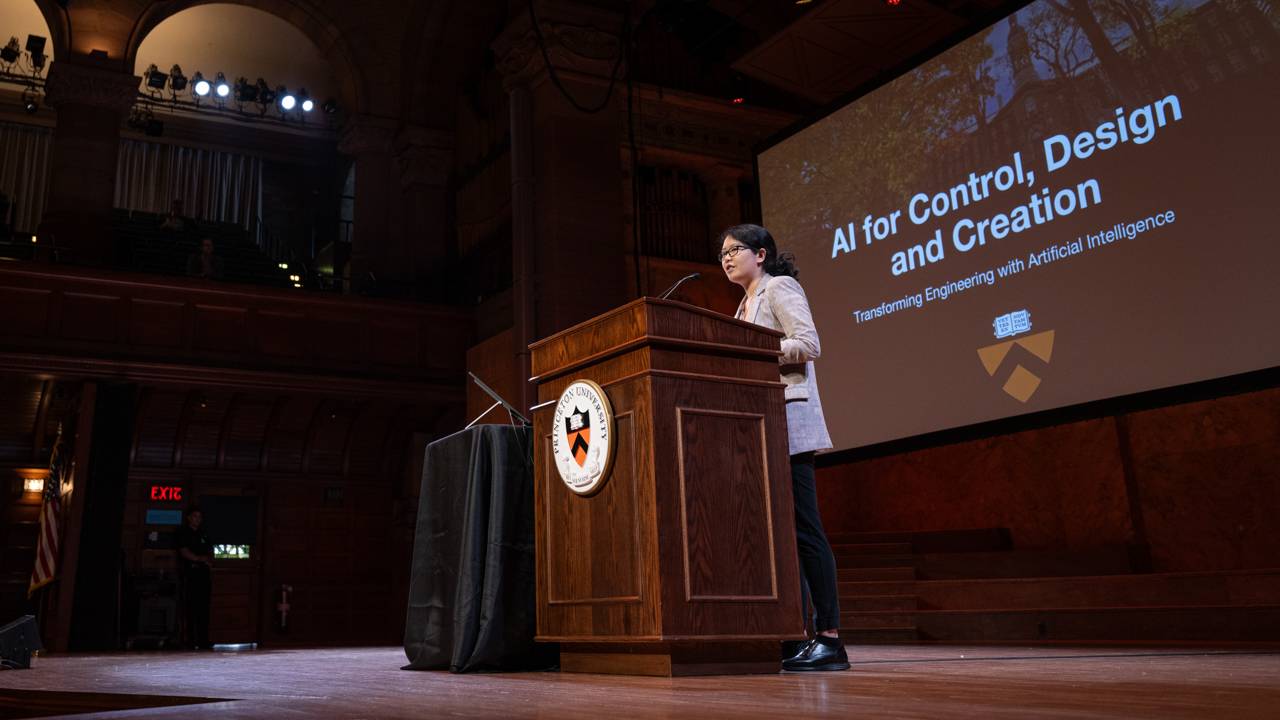Frontiers of health: Taking the scenic route
By
on
Images of the brain at work reveal what the eyes are seeing
 It might seem easy to visually distinguish between a kitchen and a beach, but Fei Fei Li recognizes the inherent complexity in telling sink from sand. Her research to understand the brain processes involved may ultimately enhance treatments for visual impairments and brain damage.
It might seem easy to visually distinguish between a kitchen and a beach, but Fei Fei Li recognizes the inherent complexity in telling sink from sand. Her research to understand the brain processes involved may ultimately enhance treatments for visual impairments and brain damage.
“When we look at our visual world, everything makes sense,” said Li, an assistant professor of computer science and member of the Princeton Neuroscience Institute, who brought her Vision Lab to Princeton in January 2007. “But, how do we pull all of this information together and interpret the visual world?”
Li, who graduated from Princeton in 1999 with a degree in physics and earned a Ph.D. at the California Institute of Technology, employs pattern recognition techniques to analyze brain activity data. Collected using a functional magnetic resonance imaging (fMRI) scanner, the data show which brain areas are active as subjects view images of scenes. In collaboration with researchers at the University of Illinois, Urbana-Champaign, Li uses this information to design computer programs that can “read” fMRI data and infer what a subject is viewing.
Her effort to understand the underlying neuronal mechanisms for high-level visual tasks may, in turn, help reveal the causes of visual impairments and advance the field of computer vision. The ability to read fMRI data also may ultimately provide a window into the brains of coma patients, providing information about their cognitive functioning that is largely a mystery today.





